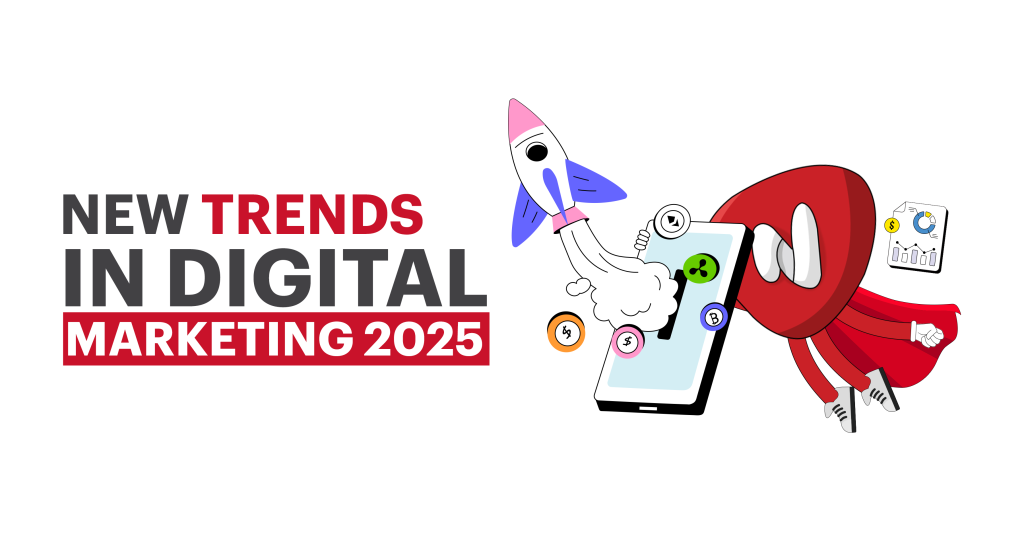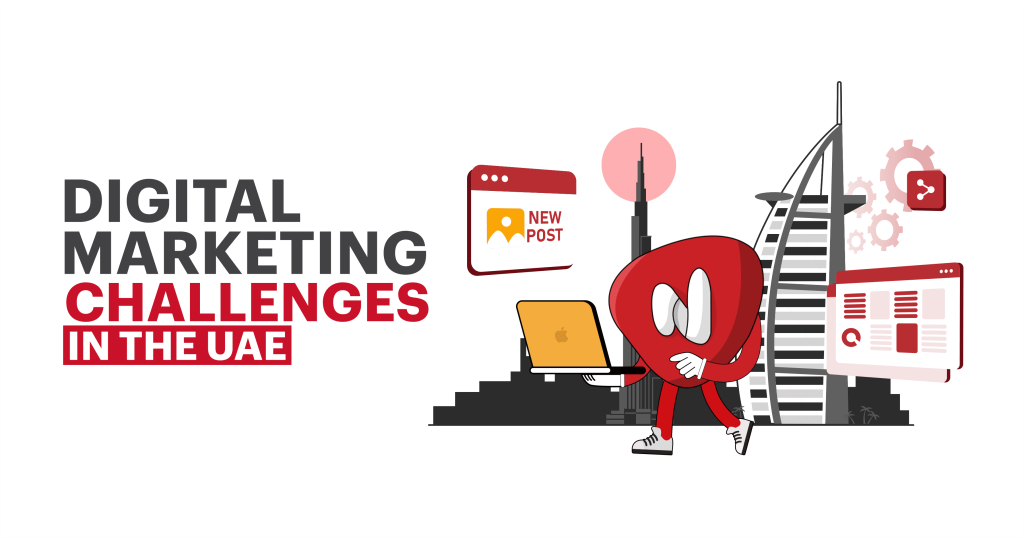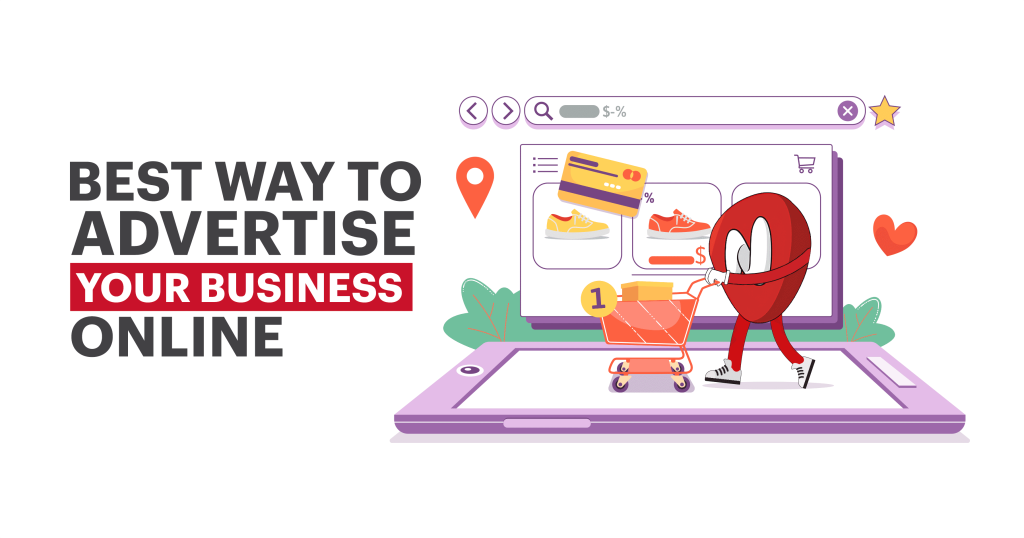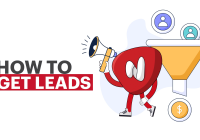
Every marketer knows how frustrating it is to lose a customer. Someone visits your website, adds items to their cart, and then disappears before completing the purchase. Or maybe someone interacts with your digital ads and never follows up. Frustrating, right?
Don’t let your visitors slip away! By using smart retargeting and remarketing strategies, you can bring back those who left without buying—and even turn them into loyal customers. Along the way, you’ll get a better understanding of digital marketing.
What is Retargeting?
If you’re a digital marketing agency , it’s really important to know how to run campaigns effectively.
A study from SalesLion found that people who see ads targeting previous visitors are about 70% more likely to make a purchase compared to those who didn’t see the ads. This shows how such strategies can really bring people back and turn them into customers.
Simply put, this technique is a way to show ads to people who visited your website but didn’t finish a desired action, like making a purchase or signing up. By using tracking tools or tracking code on your site, you can reconnect with these visitors, guide them back to complete what they started, and ultimately boost your conversions.
For example, imagine you run a website like Amazon. A customer comes in, browses a few products or one specific item, but leaves without completing anything. This is exactly where targeted ads steps in.
“Want your lost visitors to come back? Launch your re-engagement ads now!”
What is remarketing?
Did you know that email remarketing campaigns can bring back up to 4300% ROI? That’s why they’re considered one of the smartest and most cost-effective ways to boost your marketing results. This is according to a report issued by the Direct Marketing Association in 2013, which indicated that email is one of the most effective marketing channels in terms of return on investment.
In short, Remarketing is a smart strategy we can use when we have real data about visitors who came to our site, like their emails or other information. Using this data, we can send them messages to increase engagement or provide special offers—for example, to customers who have tried the service before or who have visited the website.
“Ready to re-engage your audience? Start your Remarketing campaign today!”
Remarketing vs Retargeting: What’s The Difference?
As mentioned in a book published by Wiley:
“Retargeting has risen to this elite spot within the digital-marketing mix because it is a proven way to increase conversions and win customers who would otherwise be lost.” (Wiley, 2014, p. 2)
Now, let’s talk about the difference between Retargeting Vs Remarketing, which many people often confuse, even though each plays a different role in a marketing strategy. Here’s a simple breakdown with real-life examples:
From the perspective of Channel:
-
-
- Retargeting: Shows paid ads online, like on Facebook, Google, and YouTube.
- Remarketing: Focuses on direct messages or emails to customers whose data you already have.
-
From the perspective of Main Goal:
-
- Retargeting: Brings back visitors who left your site without completing any action.
- Remarketing: Builds long-term relationships with customers and increases their loyalty and engagement.
From the perspective of Data Used:
-
-
- Retargeting: Tracks visitor behavior on your site using Pixels or Cookies.
- Remarketing: Uses real customer data you already have, like emails or CRM info.
-
From the perspective of Practical Examples:
-
-
-
- Retargeting: You saw a mobile on Amazon but didn’t buy it? Soon, you’ll see ads for the same mobile on social media or YouTube.
- Remarketing: If you registered for a conference like Techne Summit, you’ll receive emails reminding you of offers and contests.
-
-
From the perspective of Statistics:
-
-
-
-
- Retargeting:
- Targeted ads have a click-through rate of around 0.7%, about 10 times higher than regular ads. (LLCBuddy)
- Users who see audience recovery ads are 3 times more likely to click compared to new visitors. (InvespCRO)
- Remarketing:
- Email remarketing campaigns can achieve a conversion rate of up to 30%. (Mailmodo)
- Personalized emails reach an open rate of 60% and a click rate of 15%. (Mailmodo)
- ROI for email remarketing campaigns can reach $36 for every $1 spent. (EmailToolTester)
- Retargeting:
-
-
-
From the perspective of Outcome:
Both aim for the same goal: bringing the customer back to complete their journey, but each does it in its own way.
“Why wait? Start your Retargeting and Remarketing campaign today, bring back your lost visitors, and turn them into loyal customers!”
The Power of Remarketing: Nurturing through Email Campaigns:
Did you know that email isn’t just for communication? It’s actually one of the most powerful ways to reconnect with your customers and strengthen your bond with them. Using marketing services, like email remarketing, you can gently remind your customers about your offers, encourage them to take important actions—like making a purchase or signing up—and at the same time, build their loyalty and keep them engaged with your brand consistently.
“Email remarketing is one of the most cost-effective ways to bring back lost customers and boost engagement.” – Direct Marketing Association, 2013 the author means here
- When you send personalized messages to people who have visited your site or tried your products before:
- You’re not just reminding them about your offers.
- You’re also strengthening their relationship with your brand and building their loyalty.
Remarketing isn’t just a simple ad
-
-
- It’s a well-planned strategy that keeps your customers engaged.
- It encourages them to complete important actions, like making a purchase or signing up.
-
Best Practices for Remarketing and Retargeting Success
When working in digital marketing, it’s really important to achieve real, tangible success with remarketing and retargeting. To make that happen, you need to know your tools and how to use them smartly. The best way to grasp this is through practical examples that show you how to personalize your messages and digital marketing services, boosting engagement and driving higher sales.
I’ll share with you two real-life examples that successfully applied remarketing and retargeting and managed to get amazing customer engagement:
Myfix Cycles – Bike Shop:
They used Facebook follow-up ads to focus on new visitors, people who added products to their cart, and past buyers. The result? Every $1 spent on ads brought back $15, with a click-through rate of 6.38%.
Watchfinder – Luxury Watches:
They targeted 20 groups of interested visitors using Google ads. The outcome was impressive: a 1300% ROI, a 13% increase in average order value, and a 34% decrease in customer acquisition cost (https://overthinkgroup.com/case-studies-retargeting).
How do retargeting ads work?
Follow-up ads use small tracking tools to understand what visitors do on your website. For example, if someone checks out a product page but leaves without buying, marketers can show them the same product again on different platforms, gently reminding them what caught their eye.
This smart approach is a core part of digital marketing because it keeps your brand visible to potential customers and reminds them of what they’ve seen. On the other hand, some marketers focus only on quick sales and overlook this strategy — which is one of the major drawbacks in competitive analysis, as it often leads to losing potential customers to competitors.
That’s why many experts believe that the future of digital marketing in the UAE relies heavily on strategies like reminder ads, as it keeps your brand top of mind and effectively boosts conversions.
How to Launch a Powerfully Effective Retargeting Ads Campaign?
Let me show you in 7 steps how to launch a powerful and effective re-engagement campaign:
- Define your main goal: Know what you want from the campaign—more sales, new sign-ups, or simply audience engagement.
- Segment your audience: Not all visitors are the same. Create groups based on their behavior on your site—who viewed a product but didn’t buy, who abandoned their cart, or who registered before.
- Create compelling ads: Make them clear and focused on what the customer needs. Use real images or short videos.
- Choose the right platforms: wherever your audience is most active.
- Use tracking tools: to help you see who viewed your ads and follow their actions.
- Test and adjust constantly: Try different ad versions, text, and colors, and see what drives the highest engagement and conversions.
- Monitor results and optimize: Track clicks, conversions, and returning customers, then tweak your campaign accordingly.
Optimize Your retargeting ads Content:
When it comes to advertising campaigns, it’s not enough to just create an ad and leave it unattended. The content must be carefully designed to encourage customers to return, complete their actions, and increase engagement on your site. Every part of your ad — text, images, videos, and even the timing — requires careful planning. Ads that are left without continuous optimization quickly lose their impact, and your visitors may easily turn to competitors. That’s why it’s important to understand the Drawbacks of competitive analysis to avoid mistakes and achieve the best results from your digital campaigns.
FAQs:
Q: Can Retargeting really bring customers back?
Totally! It reminds visitors of what they liked and gets them to finish their purchase.
Q: Do I need real customer data for remarketing?
Absolutely! The better your data, the more personal your messages feel, and the more likely people are to act.
Q: Does re-engagement work if someone didn’t buy the first time?
Definitely! reminds them of what they liked, and most of the time, they return to complete their purchase.






